Echinopsis cactus: types and care at home
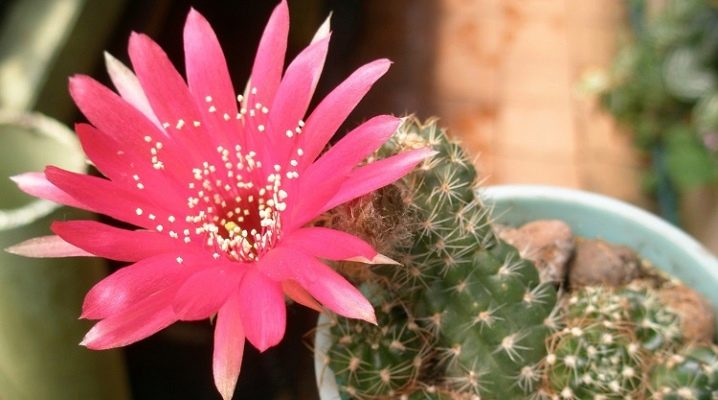
Cacti are represented in nature in a wide variety, among them Echinopsis stands out - one of the largest of its kind, which pleases with abundant flowering. But in order to get flowers to appear regularly from him, you will need to provide him with proper care.
Peculiarities
Echinopsis cactus is a name for a "large family" that originates from the hills and mountains of South America, and not from the desert, which people often associate with cacti. In translation, the name of the plant means "like a hedgehog." In addition to the 150 species of Echinopsis found in the wild, breeders have developed hundreds of hybrids over the past century.
Like roses, hybridizers cross between different species to create new ones that differ in the shape, size and shade of the flowers produced.

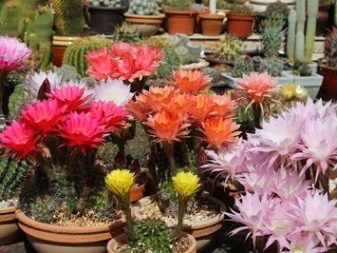
Echinopsis flowers, depending on the variety, vary in size from small (2.5 cm in diameter) to massive (over 20 cm). They come in a wide variety of colors: white, pink, yellow, red, orange, and others. The shades of many Echinopsis varieties are so intense and saturated that it is literally impossible to look at them for more than a few seconds. The described flower is most suitable for growing in containers, as it is a small, undersized cactus. It can easily grow in areas with cold snaps from 10 to 12. The plant blooms in spring and summer, often in large numbers.
Small white bristly spines run along the shafts. They are soft and do not penetrate the skin, so the cactus will not be harmful. The stems branch freely. The new sprout is erect, up to 10 cm high, if longer, it begins to crawl along the soil. Old shoots turn brown and tough over time. The cactus is native to Argentina. Most of the species came from the wild. Cactus is grown all over the world and is easy to propagate by detaching a shoot that breaks off easily.
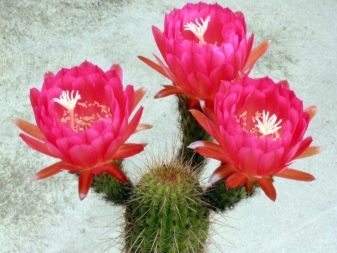
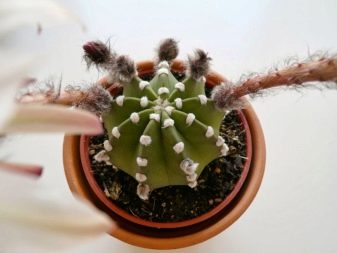
Varieties
Lobivia is the same echinopsis, only in the language of amateur florists, however, scientists believe the first name is correct. At home, only a few hybrid species of Echinopsis are grown.
- "Tubular". Ten or twelve ribs are formed on the stems, the color is dark green. An important feature can be considered a halo, which can be of different colors: black or white, silver. Yellow thorns with a curved shape are formed on the cactus. The maximum diameter of flowers is ten centimeters, while the length of their legs can be twenty-five centimeters. The petals are pink or white, the inflorescence is funnel-shaped.
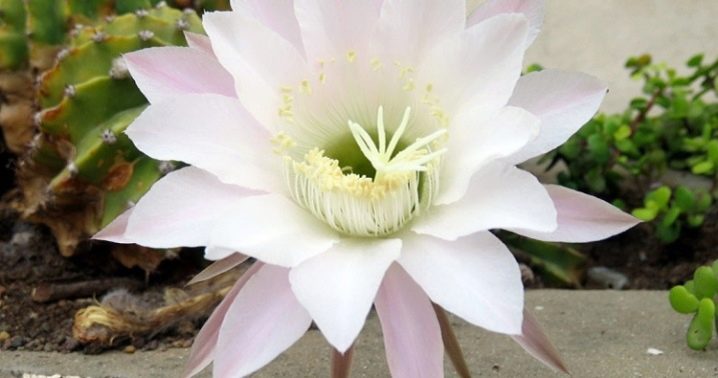
- "Golden". This variety can be distinguished by the bright green of the stem, which has a deep relief. The spines can be up to one centimeter in length. They are straight. The flower legs are quite long, the buds themselves, after blooming, have a diameter of up to six centimeters. The flowers are yellow or orange.
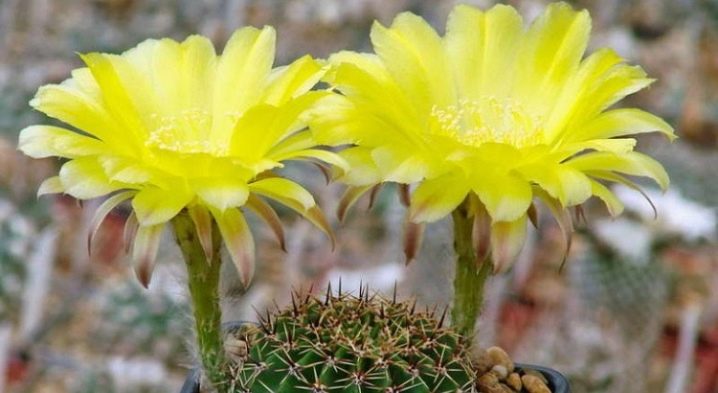
- Airieza. It differs from other varieties not only in the light color of the stem, but also in its oblong shape with a large number of ribs. There is a smoky pile on the halos, the needles are very small and hardly visible. The flowers are white, large, very beautiful, with a pink line. Their length can be 25 centimeters.
Florists love the described cactus because many shoots are formed on it over time, as a result - the flower takes on a unique shape.
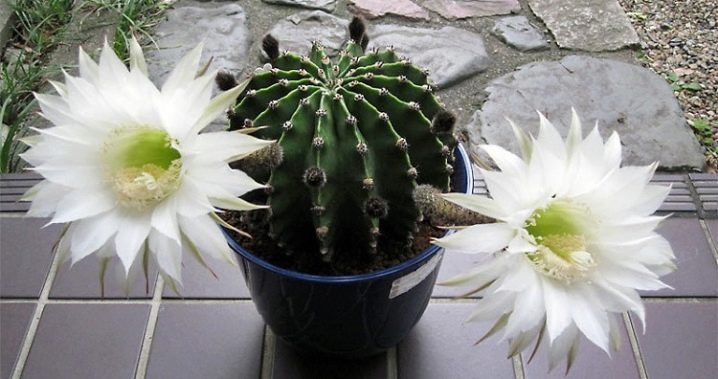
- Huasha. The shoots of the described variety are long, rich green, sometimes they may not be erect, but crooked. The ribs are decorated with terracotta pile and small thorns. Several buds always flaunt at the top, unlike most other species, their stem is short. The color of the flowers is red or deep orange.

- "Sharpened". The stem diameter of this dark green cactus can reach twenty-five centimeters. There are fourteen or fewer vertical ribs. The needles are white, they are covered with a small pile. Oxygon flowers are red, may be pink, but they are always on a thorn.

- Hybrid. A cactus that completely covers the ribs, creating an amazing relief. In the areoles, spiny processes gather in groups. A large flower of pink or white shade flaunts on a thin and long stem. Its petals are very wide, which attracts the attention of plant breeders. The cactus "Erje" belongs to this variety.
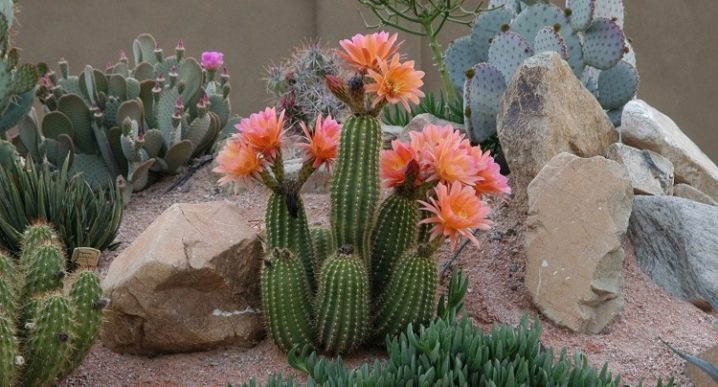
- "Subdenudata", or half-naked. The presented plant is distinguished by a spherical stem of a very deep green hue. In diameter, an adult plant can reach twelve centimeters, while the height of a cactus is only nine centimeters. There is a small pile on the ribs; one spine can be seen in the areola. The flowering period occurs in the spring, the inflorescences are located on a long tube. The flower petals are white.

- "White-flowered". It is easy to guess what shade this plant has flowers. The stem is liked by breeders not so much for its dark green tint as for its grayish tint. The maximum length of a bush is forty centimeters, but in girth it can be a maximum of twelve. Most often, fourteen faces are formed on the surface, there are brown thorns, thick and bent: one large main and several small ones.
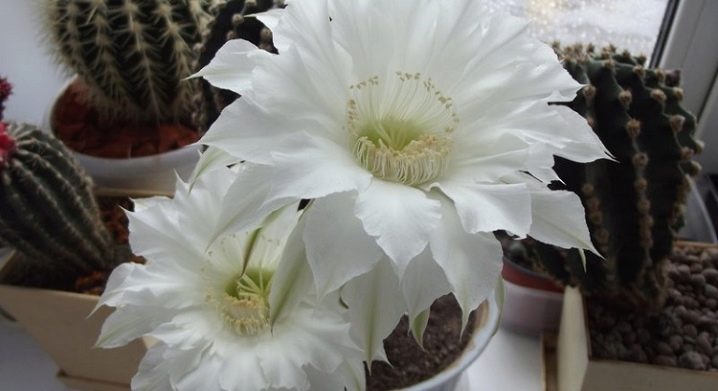
- "Mamilose". This plant is very beautiful not only during the flowering period, but also just like that. He fell in love with flower growers for its small size and very neat shape. Only one central shoot emerges from the ground, reaching a length of no more than thirty centimeters.
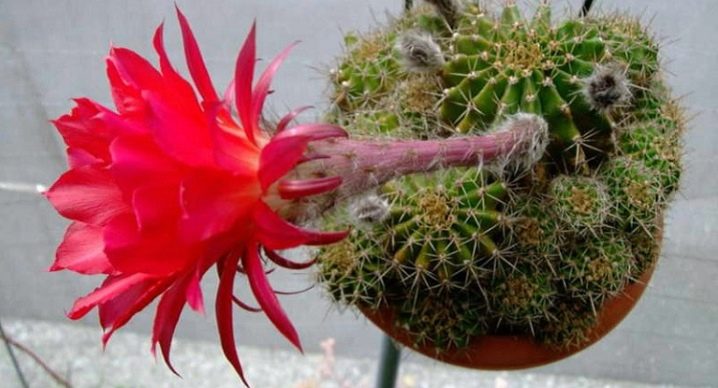
- "Hook-nosed". In adulthood, it can reach ten centimeters. In a pot it sometimes grows in a group in the form of small balls with the greatest number of ribs. In total, there are twenty of them for each plant. Even a small-sized cactus looks very dignified. The trunk has white halos and thorns, one of which is located in the center and is always longer, the others are on the sides. All of them are strongly curved, not dark brown, but light, so from the side the cactus resembles a spider. The small plant has large flowers that bloom during the day and close at night; from the outside, such a sight looks just amazing.
Flower shades can vary, but the most common are white, yellow, pink and lilac.
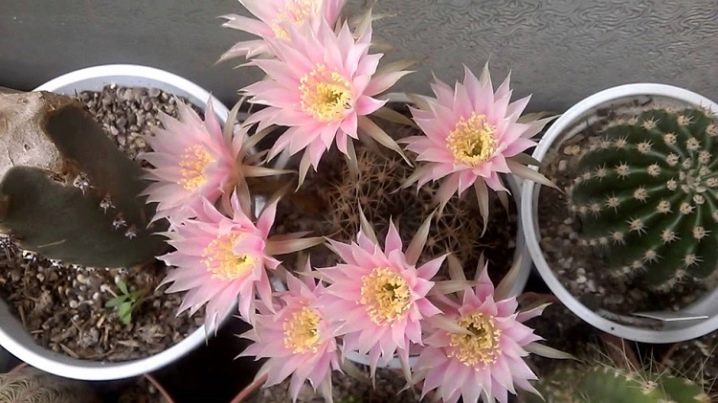
- San Pedro. In nature, such a cactus grows at an altitude of about three thousand meters. Today it has been cultivated. The stem is long; from the side, the adult plant resembles a small tree with a large number of processes. Flowers are tubular, white, rather large. Surprisingly, this variety exudes an amazing aroma.
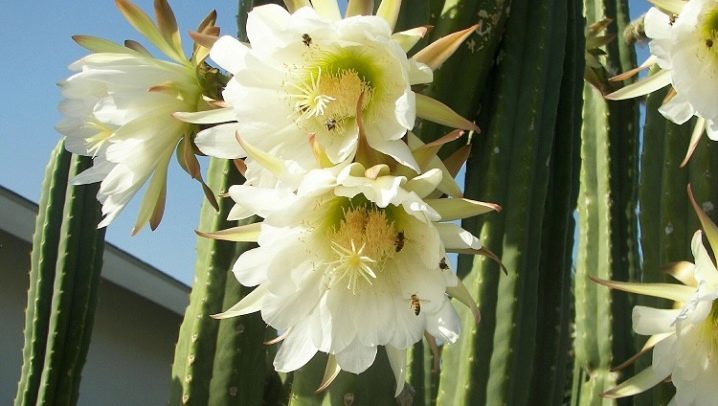
Conditions of detention
Lighting
Echinopsis needs direct, but diffused sunlight. If thin elongated shoots are visible on the bush, it means that there is not enough light for the flower - it is trying to reach for it.
Ideally, you can put the cactus behind a light curtain on the sunniest window or provide it with additional artificial lighting. This technique has become very popular among professional growers, as it helps to quickly and easily create the necessary conditions.Artificial lighting is installed at a distance of 20 centimeters from the flower.


Temperature and humidity
There is a certain temperature range that is suitable for a cactus: 5 ° C is the lowest, safest, with the least risk of serious damage to the flower. If the soil is barely wet or completely dry, this threshold may approach 0 ° C.
Cacti love humidity, but at a level of 50-60% - they do not need more, since they are prone to rot on the roots and stems. It is best to spray water around with a spray bottle from time to time, or use small containers of pebbles and water.
It is imperative that a cactus needs a well-ventilated room; only those plants that naturally grow in the tropics are adapted to the increased level of moisture.


Pot and soil
If you want a beautiful and healthy flower as a result, you should choose a sturdy and heavy container. For large shrubs, growers recommend clay pots, as they are porous and allow the roots to "breathe". Waterlogging does not occur in them, however, plastic can be used, but only with high-quality drainage. A wide variety of materials can be used when it comes to growing media or substrate. Special compost mixes are sold in stores, but you can always make these yourself. What is ultimately very important is that the growing medium should be light to prevent too much water from accumulating around the roots.
Really heavy loamy soil can hold a lot of water after watering, thus leading to root rot. To remedy the situation, you can always use river sand, but do not take it in the wild, since the composition of such material contains harmful substances, and you can purchase a specialized one - coarse-grained. Perlite, sphagnum moss are perfect as drainage, which allow excess moisture to drain freely and not stagnate.
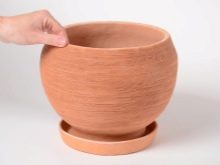

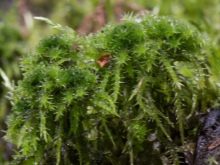
Transfer
Despite its size, the described flower has a very small root system. It lies shallow, so there is no need for a large container. Planting in a container with the hope of further growth is often a mistake, since such a measure on the part of the grower increases the risk of waterlogging of the soil, and, accordingly, root rot. Young plants need to be replanted every year to provide space for roots. After the cactus reaches its maximum size, you can change the container every three or even five years.
When the flower is an adult, transplanting is more often associated with the need to change the soil, since it becomes salted over time.
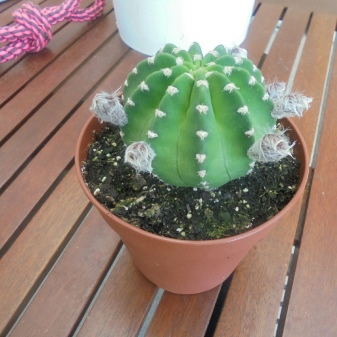
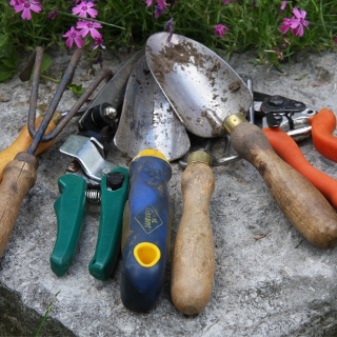
How to care?
Much depends on home care, including how long and how intensively the cactus will bloom. During the cultivation of this species, it is necessary to organize high-quality drainage. The soil should be thoroughly watered until water flows through the holes of the pot, then allow the soil to dry well before moistening it again. In winter, they reduce the amount of moisture in the soil. During this period, the plant looks shriveled, and the stems may take on a reddish tint. There is nothing wrong with such a transformation - soon the cactus will return to its normal appearance, and this will happen in the spring.
The flower grows well in hanging baskets or small (10 cm) containers, since the root system does not develop deep into the ground. The hybrid may require a larger pot. It is quite difficult to replant old shoots as they decay easily. Fertilizing the flower is required once a year during the growing season, using a balanced mixture of minerals, preferably organic. In areas where bright sun and heat prevail most of the time, the cactus should be grown in the shade, and where the summer is cool, it is better to choose a sunnier place.
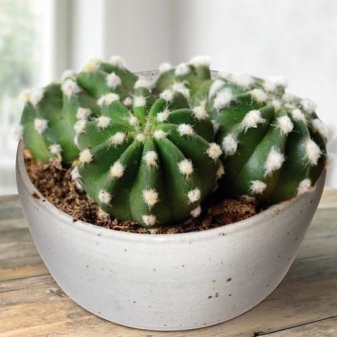
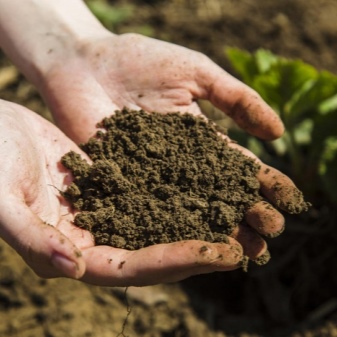
Top dressing
When it comes to feeding, it is best to apply it in the spring and summer (during the period of active growth). Cacti are plants that do not grow very quickly, so it makes no sense to use fertilizer more than a couple of times a year. It is better to choose an organic mixture that will take a long time to decompose.

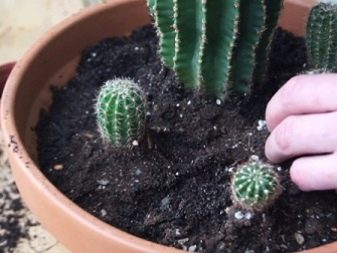
Watering
There is no better plant in nature that would be so well adapted to periods of prolonged drought than cacti. And the described species is no exception in this case. Even if the breeder is absent for a while, the flower will not die with dry soil, it will feel great for several weeks.
However, at this moment, the plant cares about how to survive, but not bloom, therefore, without timely and high-quality watering, you can not dream of flowers. They give less moisture if the flower is in a colder or shady place.
When it is hot and sunny, more water is introduced into the soil.
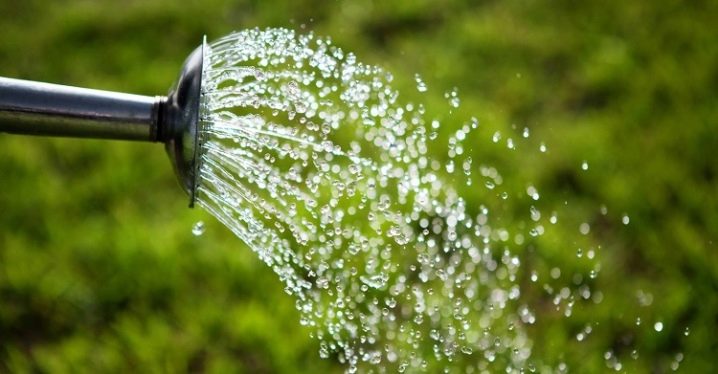
Reproduction
Echinopsis can be propagated by cuttings. The planting material is taken in the spring and allowed to dry a little before being planted in the nutrient mixture. However, it is not always possible to use this method - then it is better to use seeds as planting material. In both cases, for germination, you will need to fill the container with special soil with sand and small stones at the very bottom, which will play the role of drainage. You can use sphagnum moss as a nice addition: it will make the soil lighter.
The surface is moistened with water, a pencil or other stick is made in the center of a hole a centimeter deep and a handle is inserted into it. Press the soil slightly, cover the container with a film and put it in a warm and sunny place. If seeds are used, then they are poured on top of the soil and also covered with polyethylene. The greenhouse effect has a beneficial effect on germination and speeds up the process. Every day, for fifteen minutes, you will need to ventilate the soil to prevent mold from forming.

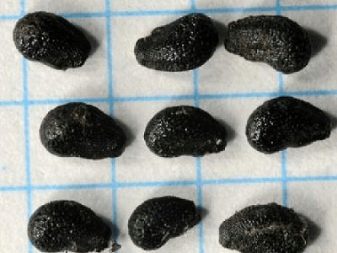

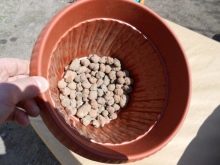

Bloom
Any indoor flower plunges into a dormant period, when it needs to rest and gain strength. This also applies to cacti, which can be made to bloom if you provide them with quality care and observe the temperature regime. Echinopsis can produce large quantities of flowers, but for this the grower will have to try. Bright sunlight, regular watering, and warm temperatures during the growing season are the first things to look out for.
The rest period often occurs in winter, at this time you just need to remove the cactus to a cooler place, reduce watering to a minimum. Plants grown from seeds should bloom by this time every year. However, Echinopsis does not always want to demonstrate its beauty indoors, and often the reason is numerous mistakes on the part of a person. You cannot transplant a cactus when it has gathered buds. A change in capacity and trauma to the root system, although it is small, lead to the fact that the flower will simply throw off the buds, since it needs strength to recover. The procedure is carried out after flowering or two months before.
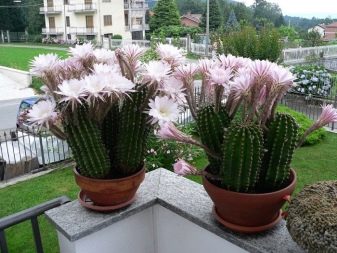
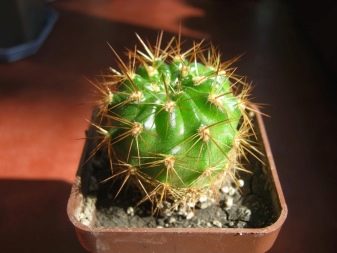
Diseases and pests
If the grower noticed brown scales on the flower, most often it is an attack of insects. It's time to treat the flower with soapy water to remove unwanted guests. An alcoholic solution or a decoction of onion peels is no less effective.
Of the most common insects on cacti, you can name:
- mealybug;
- spider mite;
- shield.
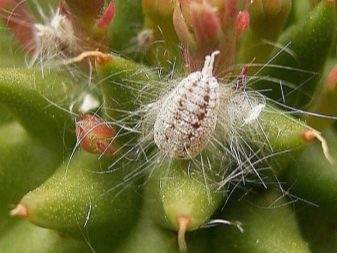

Neem oil is great against them. If it is not available and it is difficult to get it, you can simply use a strong shower with warm water, since no species can tolerate an increase in the level of humidity to such an extent. After the plant must be allowed to drain.
Of the many diseases that cacti are susceptible to, one of the most unpleasant is root rot. It occurs most often due to improper watering, when the soil remains waterlogged for a long time.
In this case, only transplantation, pruning and treatment with a solution of activated carbon of the roots can help. In this case, you will need to change the pot or disinfect it qualitatively in a bleach solution.
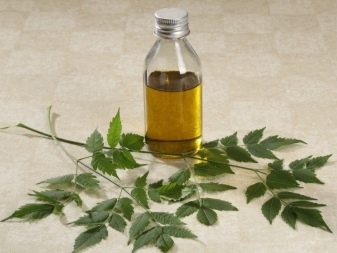
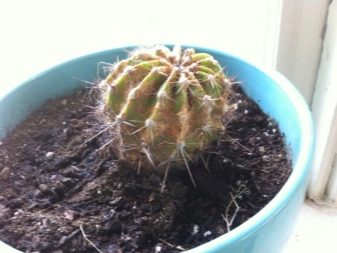
If the root system is badly damaged, you just need to take cuttings from the cactus and plant it again.
Rot can also appear at the base, in this case, the main reason is a decrease in the temperature level to an unacceptable indicator. In this case, the flower must be transferred to a warm place. It is not always possible to save it, but you can try to remove damaged shoots. All sections must be treated with a solution based on an activated carbon tablet to protect the plant from bacteria and fungi.
The worst thing for any indoor flower is a bacterial infection, which in most cases cannot be cured. The plant is simply disposed of.
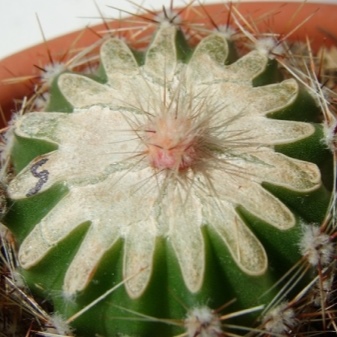

It is not uncommon for plant breeders to notice the formation of brown growths on the cactus. There are several reasons why this may be the case, so the problem should be dealt with more thoroughly.
- Very strong sunlight can cause burns if the cactus is kept in a darker place for an extended period. In this case, the bush is not able to adapt quickly enough to an increase in the level of light and brown "calluses" can form from burns. To avoid this, the breeder needs to gradually move the echinopsis to a sunny place and try to keep the rays scattered.
- Too much or too strong fertilization combined with abundant watering can also cause rapid growth and, subsequently, splitting of the shoots.
- It is quite normal for a cactus to become covered with brown bark as it ages, so such formations are not always associated with a problem.
In the next video, you are waiting for the transplantation of the Echinopsis Oksigona cactus.























































The comment was sent successfully.